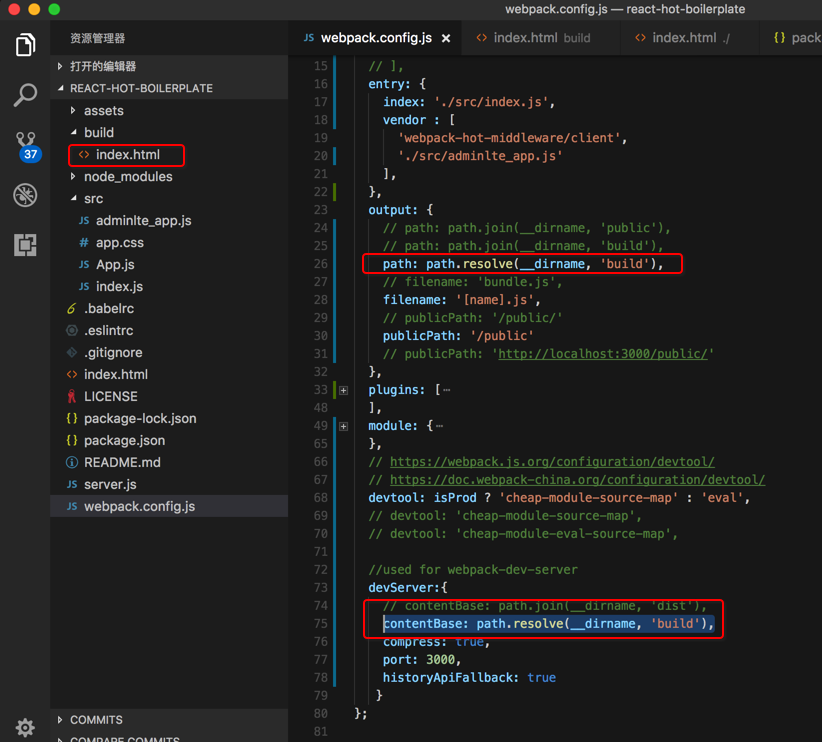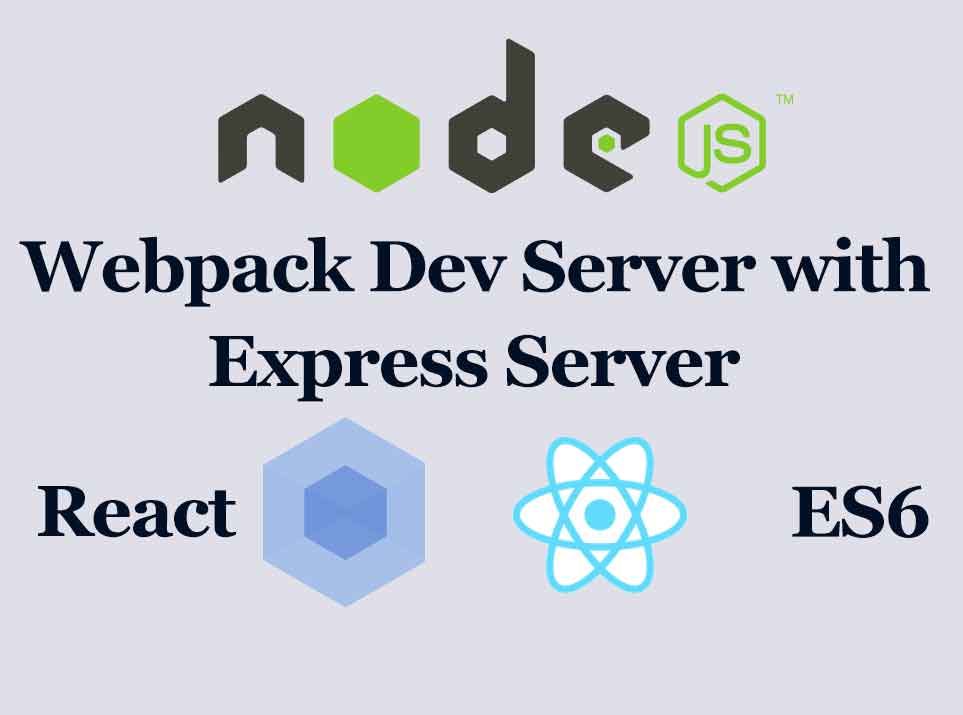

Finally, with React you can use other non-Drupal services to extend the features of your application. Secondly, it can provide more complex user experiences that are also more performant.

One of the biggest reasons to use React is that it makes building the front end immensely easier than Drupal theming. The REST API in Drupal 8 Core, the JSON API module, and the GraphQL module all have made implementing React on a decoupled Drupal backend easier. You can also embed it directly in your Drupal front end, and pick and choose parts of your application to convert - much the same way you might use jQuery with Drupal right now. One is as a stand-alone front-end application that uses API endpoints from your Drupal app, as a headless CMS. You can implement React in multiple ways. In a typical Drupal site a React front-end would replace your theme layer. If you’re familiar with the MVC framework, it’s really only the V, or view. But first, what is React? React is a JavaScript library for building user interfaces. We’ll also talk about how some of the concepts are similar or different from the Drupal and PHP world.

In this article, we will give you a taste of why developers are so happy with React. Those are the highest percentages among all frameworks surveyed, including Angular 1 and 2, Vue, Backbone, Polymer, Ember, and others. According to the State of JavaScript, in 2016, 92% of developers who had used it before would use it again, and that number rose to 93% in 2017. Why is that? One of the primary reasons is developer happiness. Even with all this churn, React has won the front-end race for a few years now. Blink and you may miss the next big thing. The JavaScript ecosystem notoriously churns out new frameworks and libraries seemingly on a weekly basis. 8 Things to Know About React for Drupal Devs


 0 kommentar(er)
0 kommentar(er)
